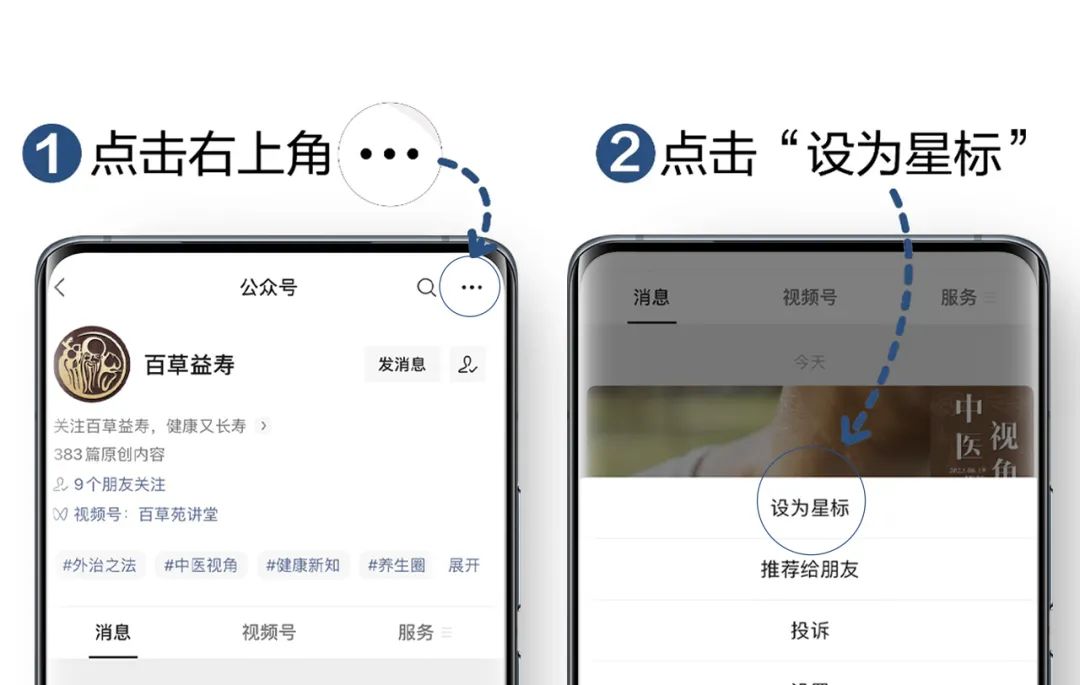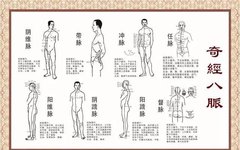The Eight Extraordinary Meridians refer to the meridian system outside of the twelve primary meridians, specifically the Ren Mai (Ren Meridian), Du Mai (Du Meridian), Chong Mai (Chong Meridian), Dai Mai (Dai Meridian), Yin Qiao Mai (Yin Heel Meridian), Yang Qiao Mai (Yang Heel Meridian), Yin Wei Mai (Yin Linking Meridian), and Yang Wei Mai (Yang Linking Meridian). These meridians mostly branch off from the twelve primary meridians and, during their course, interconnect with other meridians, establishing relationships among them.
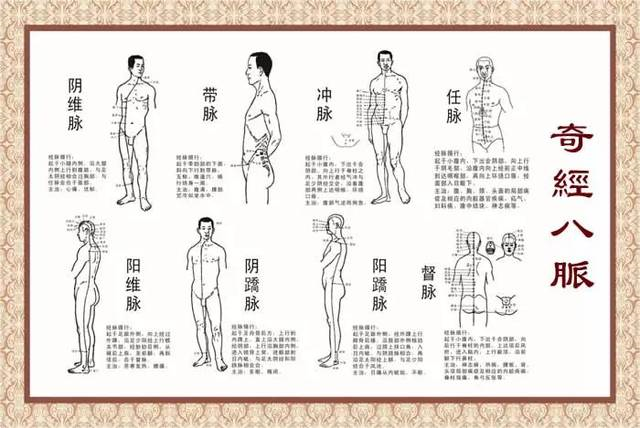
When the qi of the twelve primary meridians and the organs is abundant, the Eight Extraordinary Meridians store this energy; when the physiological functions of the twelve meridians require it, the Eight Extraordinary Meridians can supply and nourish them. Therefore, the Eight Extraordinary Meridians play a role in regulating and storing the qi of the primary meridians.Li Shizhen recorded in On the Eight Extraordinary Meridians that they can effectively assist in treating various diseases throughout the body.
Components of the Eight Extraordinary Meridians and Their Regulated Conditions
Ren Mai (Ren Meridian)
(For urinary and reproductive system disorders, lower abdominal conditions)
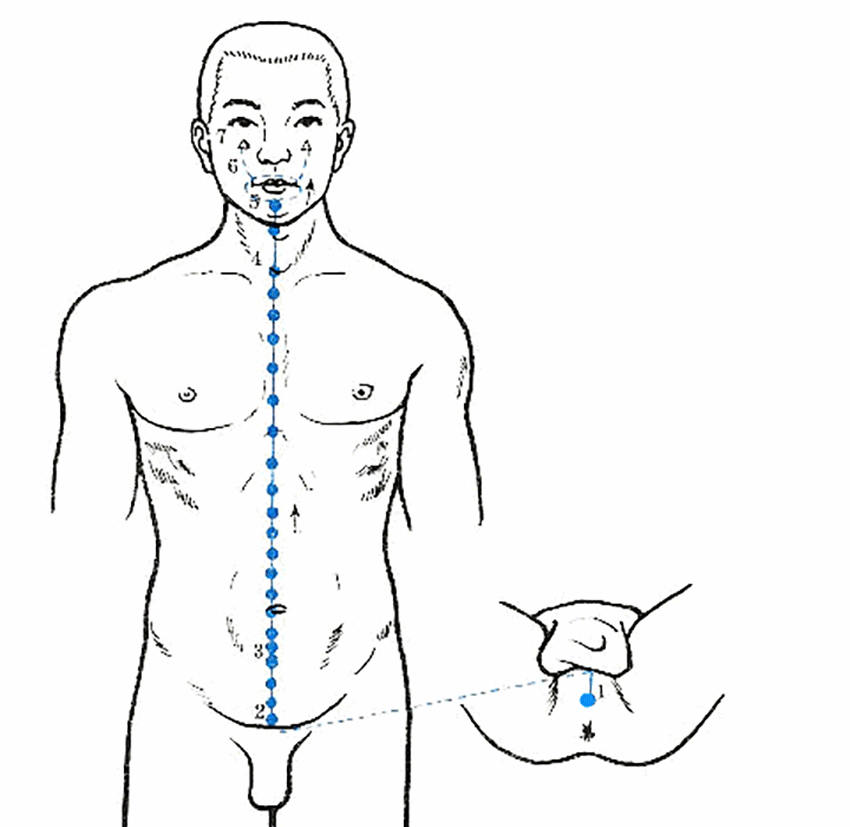
Functions of the Ren Meridian: The Ren Meridian is known as the “Sea of Yin Meridians,” which has a comprehensive role in overseeing and regulating the qi of all Yin meridians, thus having the saying “overseeing all Yin.” The Ren Meridian also regulates menstruation and promotes the function of the female reproductive system.
Indications: Localized conditions in the abdomen, chest, neck, and head, as well as corresponding internal organ diseases, such as hernias, leukorrhea, and abdominal masses.
Du Mai (Du Meridian)
(For mental disorders, sacral, back, and head/neck conditions)
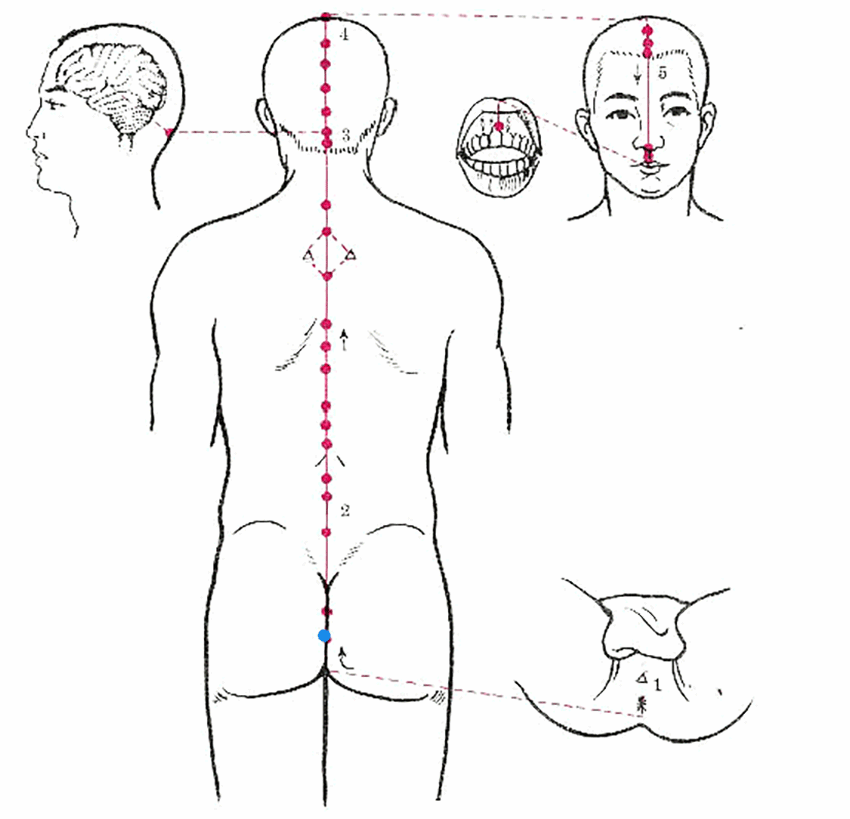
Functions of the Du Meridian: The Du Meridian runs along the spine and head, governing the six Yang meridians and regulating the qi of all Yang meridians, hence it is called the “Sea of Yang Meridians.” The organs connected by the Du Meridian primarily include the kidneys, spinal cord, and brain, which interact physiologically and are inseparable.
Indications: Pain in the spine, including issues with the cervical, lumbar, and thoracic vertebrae, as well as dizziness and headaches caused by deficiency of the Du Meridian. Conditions such as nocturnal emissions in men or lower abdominal distension and pain in women can also be treated through the Du Meridian.
Chong Mai (Chong Meridian)
(For menstrual irregularities in women)
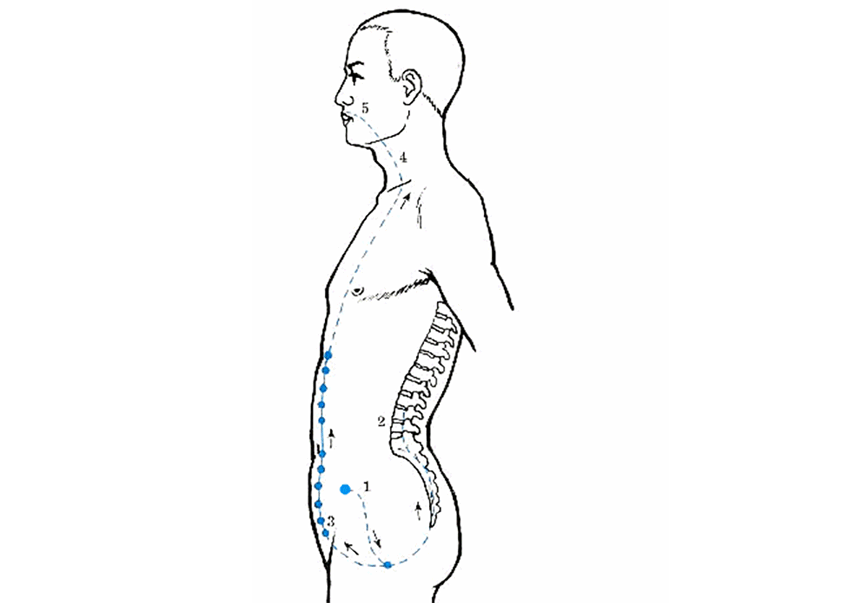
Functions of the Chong Meridian: The Chong Meridian runs from the head to the feet, traversing the entire body, and is crucial for governing the qi and blood of all meridians. It maintains the physiological activities of various organs and tissues. Additionally, the Chong Meridian originates in the uterus and regulates menstruation. During its course, it connects with the Shao Yin and is associated with the Yang Ming, thus regulating the qi dynamics of certain organs such as the liver, kidneys, and stomach.
Indications: It can treat menstrual irregularities, infertility, abdominal pain, diarrhea, post-defecation discomfort, qi counterflow, belching, and fullness in the chest and flanks.
Dai Mai (Dai Meridian)
(For lower back pain, abdominal fullness)

Functions of the Dai Meridian: The Dai Meridian serves to bind the various meridians and is closely related to the Ren and Chong Meridians. Stimulating the Dai Meridian points can soothe the liver and gallbladder, elevate clear qi and descend turbid qi, and expel dampness and phlegm stagnation in the lower abdomen.
Indications: The Dai Meridian primarily treats gynecological disorders such as menstrual irregularities, amenorrhea, leukorrhea, abdominal pain, hernias, and flank pain.
Yin Qiao Mai (Yin Heel Meridian)
(For drowsiness or insomnia)
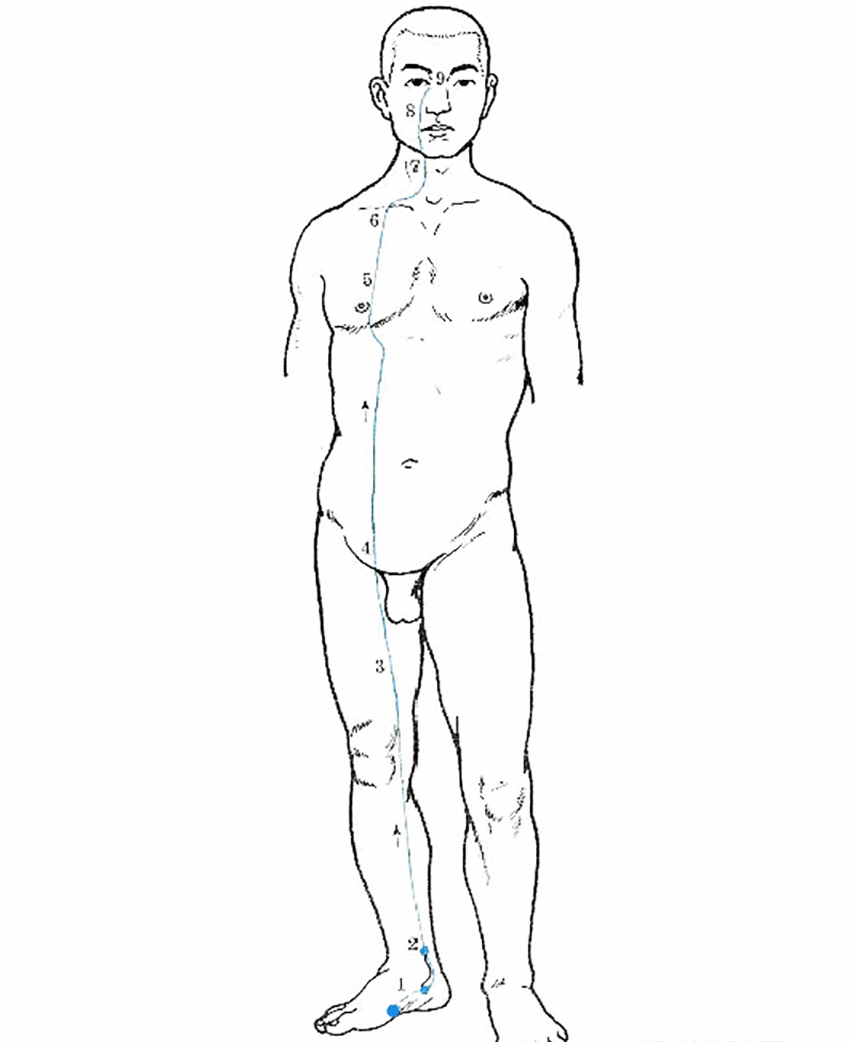
Functions of the Yin Qiao Meridian: The Yin Qiao Meridian converges at the inner canthus of the eyes, thus believed to nourish the eyes and control eyelid movement. It governs the body’s Yin qi.
Indications: Drowsiness or insomnia, drooping eyelids, or inability to open and close the eyes properly, pale tongue, white coating, and weak pulse.
Yang Qiao Mai (Yang Heel Meridian)
(For weakness and atrophy of the legs and abdomen)

Functions of the Yang Qiao Meridian: The Yang Qiao Meridian regulates muscle movement and facilitates the flow of Yang qi throughout the body.
Indications: Swelling of the legs, aversion to wind, spontaneous sweating, headaches, migraines, red eyes, pain in the brow ridge, and numbness of the hands and feet.
Yin Wei Mai (Yin Linking Meridian)
(For heart pain, stomach pain, abdominal pain)
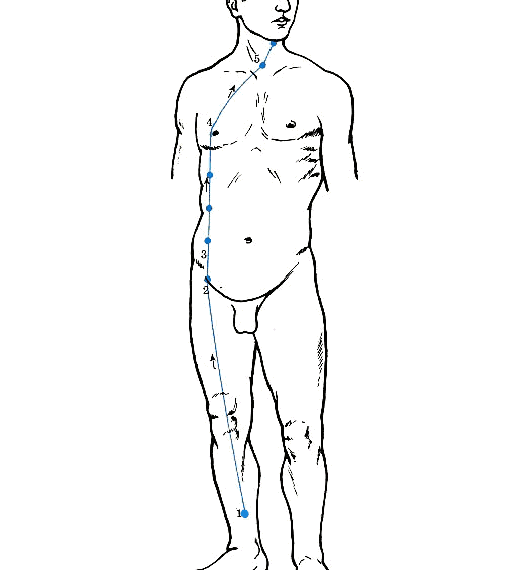
Functions of the Yin Wei Meridian: The Yin Wei Meridian connects and coordinates the qi and blood of all Yin meridians. When the Yin Wei Meridian is diseased, symptoms of heart pain may occur. Nan Jing states: “When the Yin Wei is diseased, it causes heart pain.”
Indications: Primarily treats heart pain, stomach pain, abdominal pain, and chest and flank pain.
Yang Wei Mai (Yang Linking Meridian)
(For chills and fever, lower back pain)
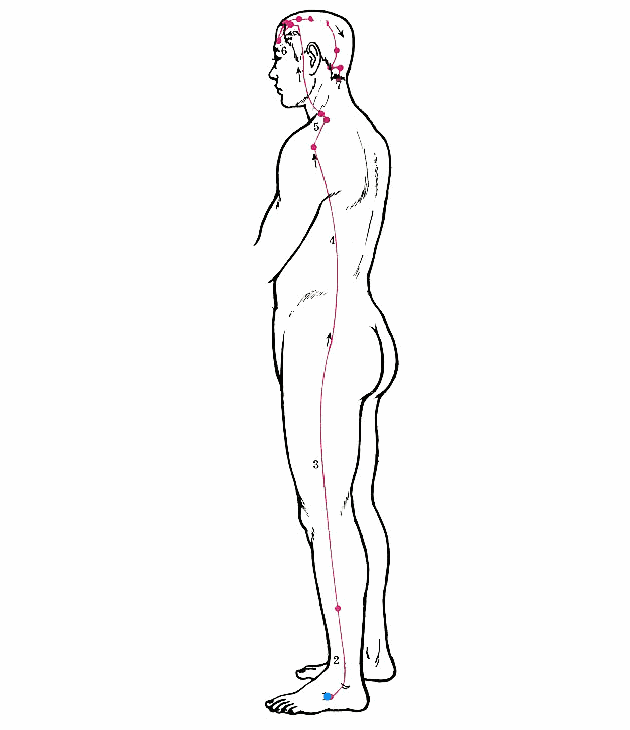
Functions of the Yang Wei Meridian: The Yang Wei Meridian has the function of “linking” the Yang meridians of the body. It connects all Yang meridians and works with the Yin Wei Meridian to regulate and store qi and blood. Nan Jing states: “When the Yang Wei is diseased, it causes chills and fever,” indicating symptoms of chills and fever when ill.
Indications: Prolapse of the rectum, gastroesophageal reflux, abdominal masses, flank distension and pain, and flank pain in women.
References:
[1] Zhu Xianglin. On the Diagnosis and Treatment of the Eight Extraordinary Meridians. China Traditional Chinese Medicine Press, 2012.
[2] Wang Juyi. Revisiting the Eight Extraordinary Meridians and Their Acupoints. Beijing Traditional Chinese Medicine, 2011.
[3] Li Wanyao. On Li Shizhen’s Contributions to the Study of the Eight Extraordinary Meridians. China Acupuncture, 1996.

To add 【Bai Cao Yi Shou】 to your public account, please mark it as a star.
So you can always access Traditional Chinese Medicine health knowledge.
